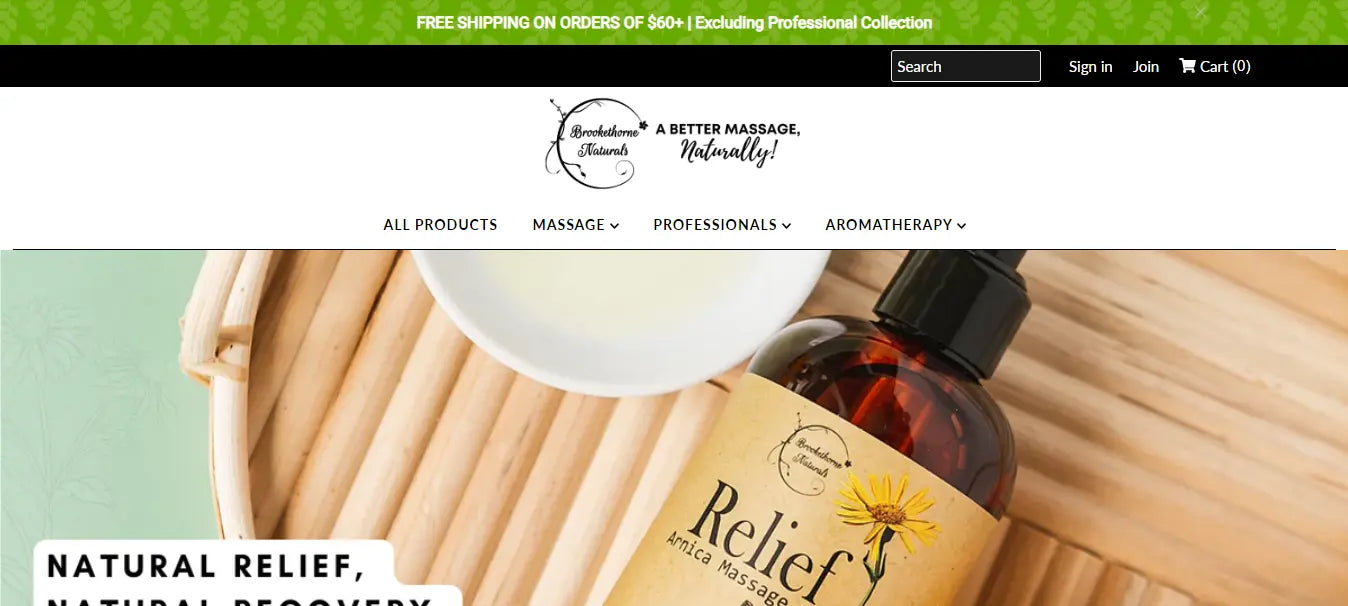
• 09/29/21
Many people think reflexology is just a fancy way of saying “foot massage”…yet nothing could be further from the truth. Reflexology is an ancient practice that has been used by healers in China, Egypt, and India for thousands of years. Though the massage and manipulation occur in the feet, the healing occurs throughout the body.

What is Reflexology?
Reflexology is rooted in the theory that a map of the entire body is held within our hands and feet. By applying pressure to specific points on the map, one can affect change and healing throughout the body while reducing anxiety and stress.

Who Can Perform Reflexology?
Like many health-related fields, reflexologists must undergo extensive training to become certified. If you are interested in trying reflexology, visit the website for the American Reflexology Certification Board (ARCB) to search for a certified reflexologist in your area.Although many people claim to be knowledgeable in reflexology, it is important to work with someone certified by the ARCB as they require rigorous testing throughout the certification process.
What Should I Expect During My First Session?
A visit to the reflexologist will feel quite similar to other medical visits. After a brief discussion of your medical history, the reflexologist will decide the best course of treatment for you, which may consist of working with your hands, feet, and even ears.Sessions can last from 30 – 60 minutes and usually begin with feet, focusing on points in the toes and working slowly down the foot. Different points affect different areas of the body including internal organs, nerves, bones, and muscle groups.
The goal of reflexology is to bring the entire body balance, thereby eliminating pain and/or discomfort.
What Does Reflexology Feel Like?
Patients often report feeling a sensation of lightness during a session. Many people claim to experience a feeling likened to energy moving between body systems and a general awareness of their body that is new and unfamiliar.It is not uncommon to experience physical or emotional reactions to reflexology, including:
- Increased perspiration
- Crying or Laughing
- Loosening/relaxing of muscles
- An increased desire to sleep
- Feeling lightheaded
Can I Use Reflexology Techniques at Home?
While it is difficult to achieve the same results at home that you would receive from a certified reflexologist, you can use reflexology techniques to improve your health. All you need is a chair, a towel, and a quality massage oil (we love the relaxing scent of our Serenity Massage Oil).

- Use a reflexology chart to find the area of the foot that corresponds with the area of the body you want to treat.
- Sitting in a comfortable chair, place your right foot over your left knee so you can see the bottom of your right foot.
- Place a small amount of massage oil in your hands and rub together, then gently press your thumbs into the area of the foot and knead/massage the area. Take your time, moving from one spot to the next, starting with areas around the toes and working your way down the foot. Repeat on left foot.
###
References


Comments
1 Comments
-

Posted by Jon Bendewald | July 06, 2022
Leave a CommentI am a Level III Reflexologist in SW Michigan.